How to tin a PCB?
By:PCBBUY 07/07/2021 16:49
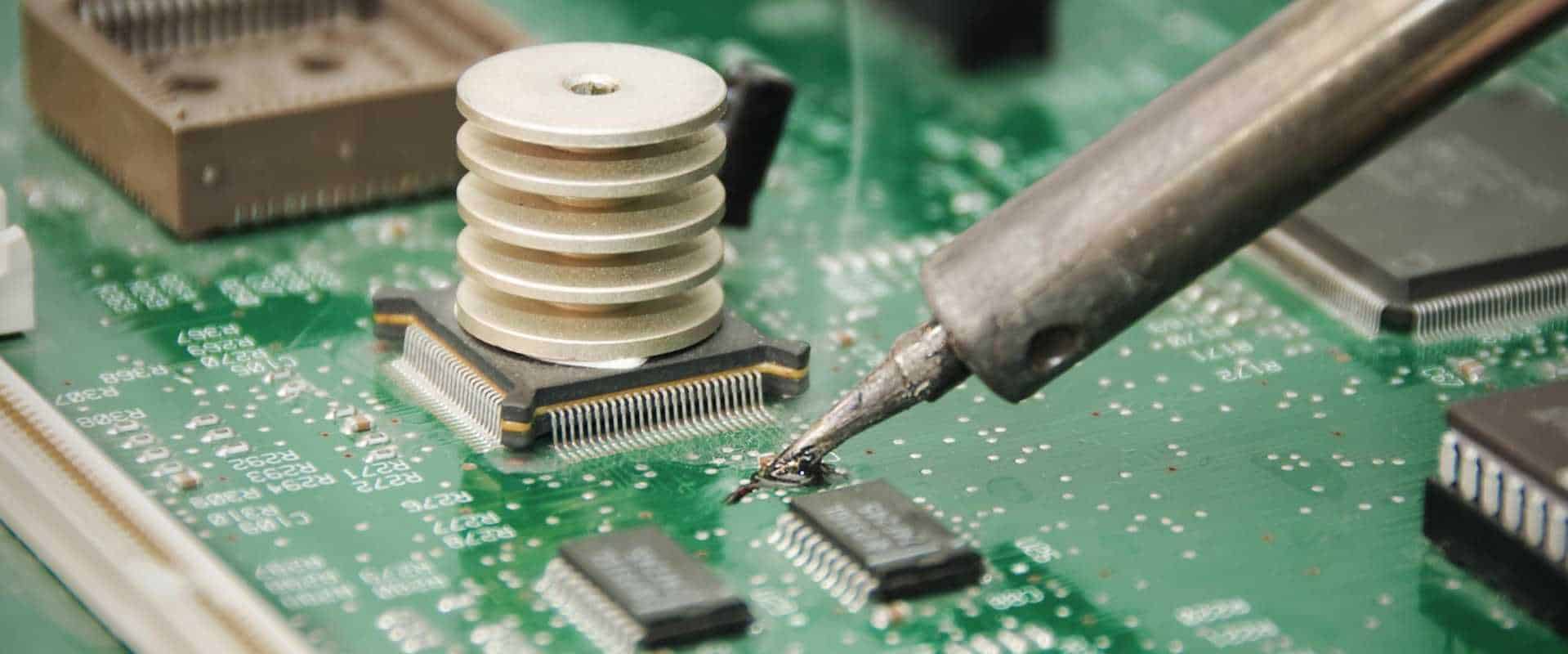
PCB tinning is a preventive method that will ensure that copper traces will last as long as possible before any oxidation or corrosion can occur. Come with me and know more.
In this passage, we will focus on the methods of tinning PCB, if you are curious about this topic please check and read the content for more information.
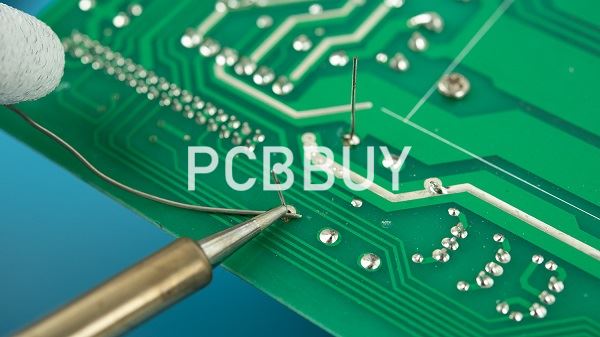
Is PCB tinning necessary?
Recall that the entire purpose of PCB tinning is to prevent the copper materials in a printed circuit board from encountering corrosion if it is exposed to anything. Consider that any given printed circuit board will be exposed to some outside elements. PCB tinning will reduce the pressure from these external elements and impede the copper inside of the circuit board from oxidizing, if not halt it outright.
Some argue that PCB tinning is optional, and they would be correct. It is never a requirement for any given printed circuit board to be tinned. After all, it would operate the same without tinning as it would if it otherwise. The question, therefore, is one of longevity.
When a printed circuit board is tinned, it guarantees that the copper inside of the circuit board will last much longer. Additionally, PCB tinning will naturally enhance the current in the tracks of the circuit board and will allow it to operate and perform much more consistently.
A printed circuit board without any tinning can be compared to a house with an old and unstable roof. While the top will still protect from outside forces, it would not be nearly as effective as a brand new roof. PCB tinning will provide a "new roof" of sorts for the copper tracing inside of a circuit board.
What is the process of tinning PCB?
How PCB tinning is performed?
As the name suggests, PBC tinning utilizes tin. The question is how this tin is used to mask the copper traces in a printed circuit board. The tinning process does indeed use pure tin. However, it also uses a soldered container, a mixture of lead and tin, mixed at a 60:40 ratio. Pure tin and soldered tin are what make up the base of the PCB tinning solution.
The electroplating method of PCB tinning
There are many ways to tina printed circuit board physically, but the most common method is called the electroplating method. In this method, the circuit board is placed in a tin plating station. When this happens, the tin electrodes are introduced into the controlled current flow. It completes the first coating of soldered tin.
After the printed circuit board itself is entirely produced, the second coating of a tin can be applied. To create the second coating of tin, even more soldering must be done. The soldered layers of the container can be deposited either by hand or by a hot solder extruder, which will collect the soldered tin onto the area.
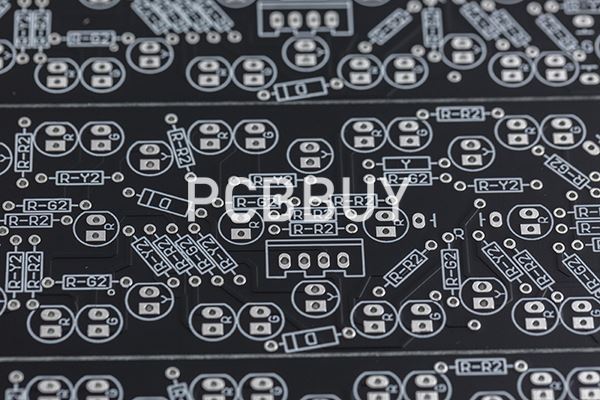
It will resemble liquid, which, if soldered correctly, will dry quickly as it is poured onto the copper trace. Like copper, the tin will also oxidize if exposed to outside environments. One of the reasons solder masking is applied is not to leave the circuit board unmasked.
What are the tinning solutions?
The Tinning solution is made up of many materials. Some of these materials are everyday items that can be bought locally, and some of these materials need to be purchased from merchants who specialize in PCB and PCB tinning materials.
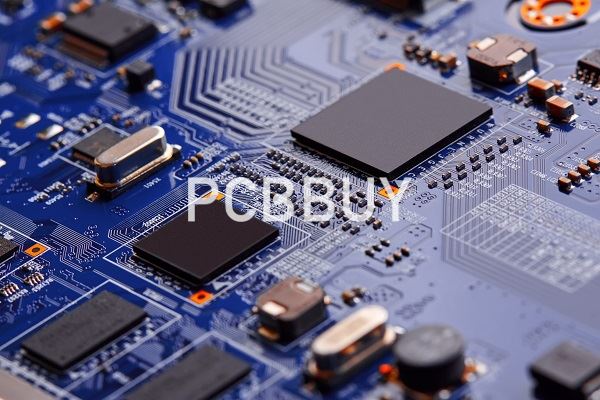
While not all of these materials are necessary to make a tinning solution, select materials are indeed needed. Because so many variables go into a tinning solution, there are also many different ways to create PCB tinning from choose materials.
Thiourea - The essential ingredient for PCB tinning
The tin plating solution is made of the silver polishing agent, which is commonly used to clean jewelry. One thing that many do not know is that silver polish contains a compound called thiourea, which is the most necessary agent necessary for creating a tinning solution. Thiourea is combined with other materials to create a tinning solution. Without extracting the thiourea from silver polish, making a tinning solution from scratch is impossible.
Thiourea is so active on its own as a compound that it can create electroless tin plates with it that do not require a charge to conduct electricity. Since silver polish can be bought from a typical store, it is possible to at least create the base of any given tin plating with everyday items. However, not every tin plate is designed the same, and to make things even more complicated, each tin plate has different functions.
Other ingredients that will assist in creating a tinning solution
While thiourea is necessary to create a tinning solution, other materials will make creating a tinning solution a much easier process. The first of these is hydrochloric acid, which is also known as muriatic acid. Although this cannot be purchased directly as a silver polishing can, it can be made from household items.
Solid, lead-free solder is the second ingredient that can combine with silver polish to create a tinning solution. Soldering liquid is another thing that is not only essential to creating a tinning solution, but it is also crucial to designing printed circuit boards in and of themselves.
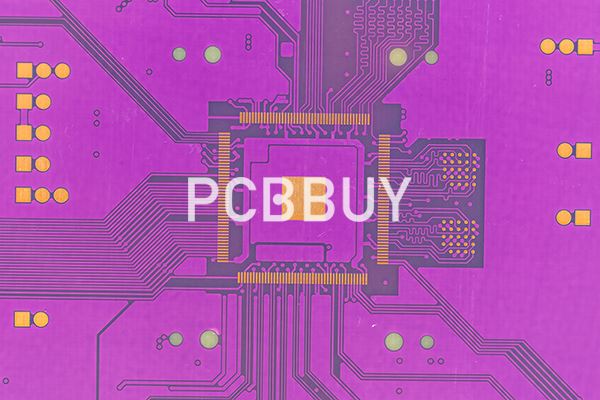
Create the skills needed for tin plating solutions
Create tin plating solutions, especially when using household items from scratch, will require some skills. A lot of "experts" in PCB related issues will foolishly say that it is easy to make not only tinning solution but printed circuit boards ultimately with household items.
It is possible, and these individuals are not wrong. However, making your printed circuit board and tinning solution does require specific skills and knowledge. Moreover, while these skills can be learned from tutorials, there is a significant risk to this.
The one skill that will make you a much longer way when it comes to creating a tinning solution, as well as other materials related to printed circuit boards, is introductory chemistry. The materials above and compounds are all compounds that require at least a basic understanding of the numbers and formulas that entail the discipline of chemistry.
It does not require a college degree to master introductory chemistry. Like with most DIY guides, a person can Google their way to acquiring this kind of knowledge. Most of the materials mentioned in this have all the information needed to mix correctly, and it is possible to learn the basics of chemistry so that you can get started on creating your printed circuit boards and tinning solutions without needing any outside help.
Industry Category











